When you’re in the market for fishing bait, you may want to consider green nightcrawlers, which are sometimes called glow worms. The chartreuse wigglers literally glow in the dark, due to the harmless ingestion of a special food or dye.
Plastic glow worms and other types of fluorescent bait have been on the market for years. The first attempts at turning live brown worms into a glowing green began in Canada. Known as Nitroworms, they exploded on the market in shining glory with a patented – and secret – process. The internal dye is claimed to be non-toxic to the worms. Even better, it did not change the worms’ appeal as bait. Catfish literally flocked to the live enticement, according to reports. Indeed, fishermen began boasting larger catches and even the ability to attract and hook heftier game fishes, including trout, walleye, and bass.
The demand for worms that had achieved a supernatural glow soon outgrew supplies. A cupful of the glow-in-the-dark variety was quite pricey compared to plain brown earth worms. It wasn’t long before other companies began tinkering with dyes that consumers could use at home to treat a batch of plain worms. The reduced expense meant another boost for glow worms. Many experimented with other colors, but it was the brightest green that won out for visibility under water.
Regular food dyes and other off-the-shelf products are petroleum-based, which kills worms. They also produce an unpalatable flavor that fish will avoid. Successful companies have since produced products that include a biological stain that combines with worm food or that is absorbed through the skin.
Nightcrawlers are among the most popular bait worms, if not the first choice for fishing enthusiasts around the world. The most common are European and Canadian. European nightcrawlers, or Eisenia hortenis, are often sold as Belgian worms, Carolina crawlers, and blue worms. Other popular names include red wigglers (although technically a separate species) and “super red.” Canadian nightcrawlers (Lumbricus terrestris) are much larger and often referred to as “dew” worms.
When purchasing nightcrawlers or true red wigglers, be sure to select healthy active worms. Follow instructions carefully for feeding or applying glow-in-the-dark formulas. Keep all worms at the recommended temperatures, which will vary among species.
Whether you purchase glow worms or produce your own, it is always wise to wash after handling. Most dyes, when transferred to human skin, can be easily removed with soap and water.
All About Worms is always free, always reader-supported. Your tips via CashApp, Venmo, or Paypal are appreciated! Receipts will come from ISIPP Publishing.



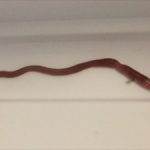
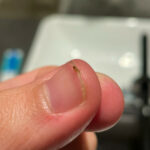
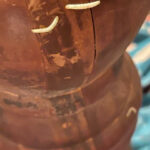
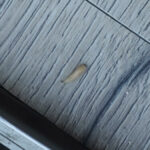
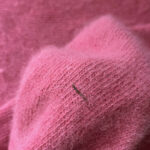
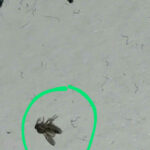
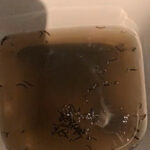
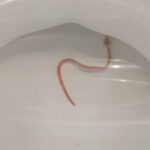
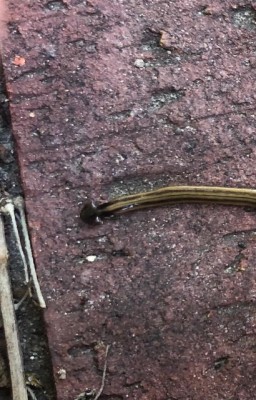





I have used the glowing night crawlers for fishing and they work GREAT.
Good morning. I was wondering if I could use your article about glo worm nightcrawlers on our website. I found it very informational. Thanks